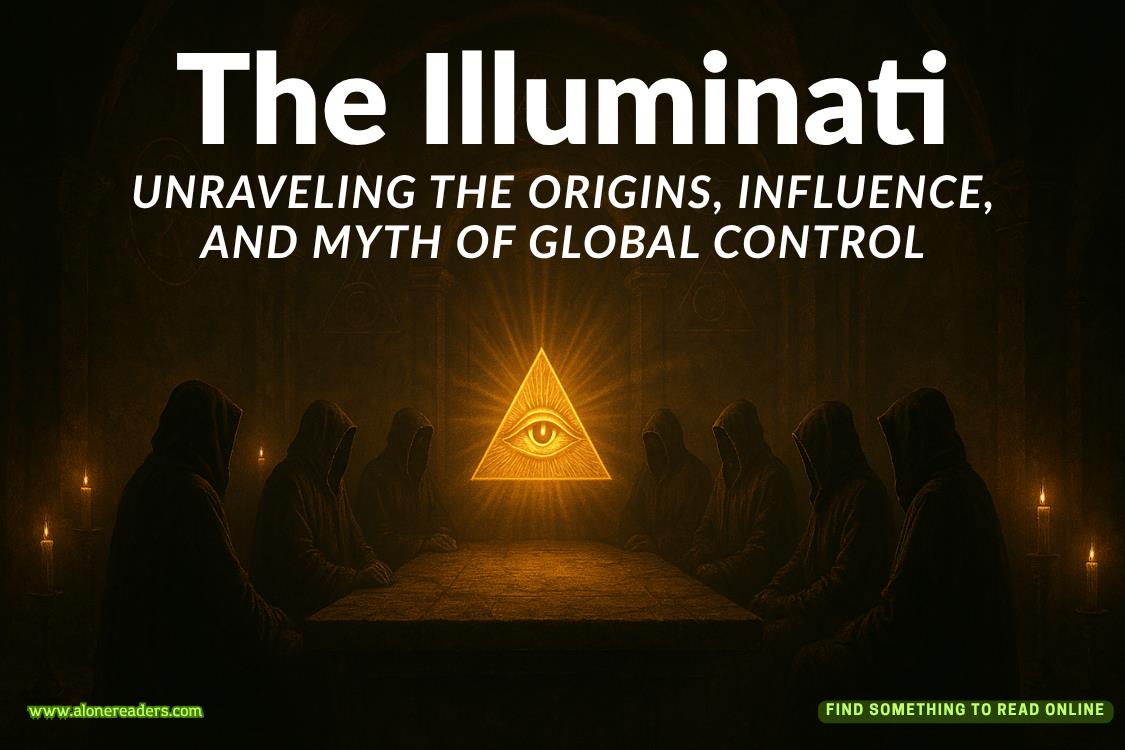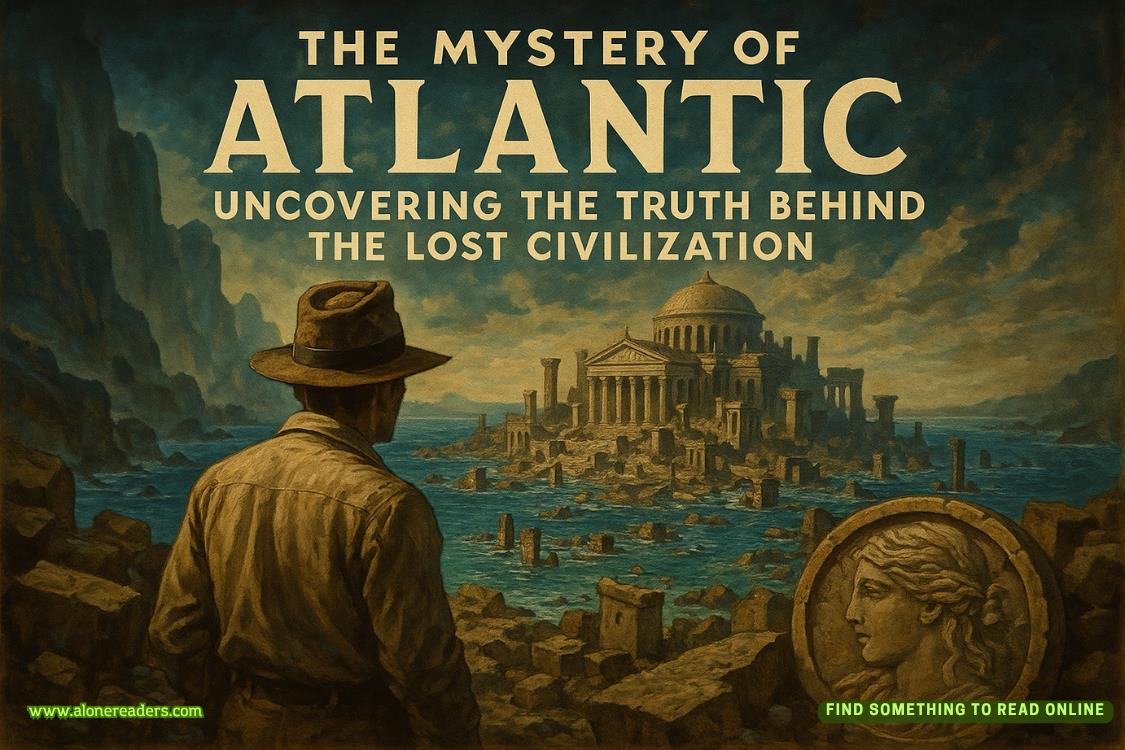Page 16 of N is for Noose (Kinsey Millhone 14)
The coroner's office was located on a side street in the heart of the downtown. In Nota County, the coroner is a four-year elected official, who in this case doubled as the funeral director for the county's only mortuary. Nota County is small, less than two thousand square miles, tucked like an afterthought between Inyo and Mono counties. The coroner, Wilton Kirchner III, generally referred to as Trey, had occupied the position for the past ten years. Since there was no requirement for formal training in forensic medicine, all coroner's cases were autopsied by a forensic pathologist under contract to the county.
In the event of a homicide in the county, the Nota County Coroner handles the on-scene investigation, in conjunction with the Sheriffs Department's investigator and an investigator from the Nota County District Attorney's office. The forensic autopsy is then conducted in the "big city" by a pathologist who does several homicide autopsies per month and is called to court numerous times during the year to testify. Since Nota County only has one homicide every two years or so, the coroner prefers that an outside agency provide its expertise, in both autopsy services and testimony.
Kirchner Sons Mortuary appeared to have been a private residence at one time, probably built in the early twenties with the town growing up around it. The architectural style was Tudor with a facade of pale red brick trimmed in dark-painted timbers. Thin cold sunlight glittered against the leaded glass windows. The surrounding lawns were dormant, the grass as drab and brittle as brown plastic. Only the holly bushes lent any color to the landscape. I could imagine a time when the house might have sat on a sizeable piece of land, but now the property had shrunk and the lots on either side sported commercial establishments: a real estate office and a modest medical complex.
Trey Kirchner came out to the reception area when he heard I was there, extending a hand in greeting as he introduced himself. "Trey Kirchner," he said. " Selma called and said you'd be in here today. Nice to meet you, Miss Millhone. Come on back to my office and let's find out what you need."
Kirchner was in his mid-fifties, tall, broadshouldered, with a waistline only slightly softer than it might have been ten years before. His hair was a clean gray, parted on the side and trimmed short around his ears. His smile was pleasant, creating concentric creases on either side of his mouth. He wore glasses with large lenses and thin metal frames. The corners of his eyes drooped slightly, somehow creating an expression of immense sympathy. His suit was close-fitting, well pressed, and the dress shirt he wore looked freshly starched. His tie was conservative, but not somber. Altogether, he presented an air of comforting competence. There was something solid about him; a man who, by nature, looked like he could absorb all the sorrow, confusion, and rage generated by death.
I followed him down a long corridor and into his office, which had served as the dining room when the house was first built. The carpet was pale, the wood floors pickled to the color of milk-washed pine. The drapes were beige, silk or shantung, some fabric with a touch of sheen. The mortuary decor leaned to wainscoting, topped with wallpaper murals showing soft mountain landscapes, forests of ever-greens with paths meandering through the woods. This was a watercolor world; pastel skies piled with clouds, the faintest suggestion of a breeze touching the tips of the wallpaper trees. On either side of the corridor at intervals, wide sliding doors had been pushed back to reveal the slumber rooms, empty of inhabitants, bare except for the ranks of gray metal folding chairs and a few potted ferns. The air was cool, underheated, spiced with the scent of carnations though none were in view. Perhaps it was some weird form of mortuary air freshener wafting through the vents. The entire environment seemed geared to somnambulistic calm.
The office we entered seemed designed for the public, not a book, a file, or a piece of paper in sight. I suspected somewhere in the building Trey Kirchner had an office where the real work was done. Somewhere out of sight, too, was the autopsy paraphernalia: cameras, X-ray equipment, stainless steel table, Stryker saw, scalpels, hanging scale. The room where we sat was as bland as a pudding-no smell of formalin, no murky Mason Jars filled with snippets of organs-giving no indication of the mechanics of the body's preparation for cremation or burial.
"Have a seat," he said, indicating two matching upholstered chairs arranged on either side of a small side table. His manner was relaxed, pleasant, friendly, curiously impersonal. "I take it you're here about Tom's death." He reached over and opened the drawer, pulling out a flat manila folder containing a five-page report. "I ran a copy of the autopsy report in case you're interested."











